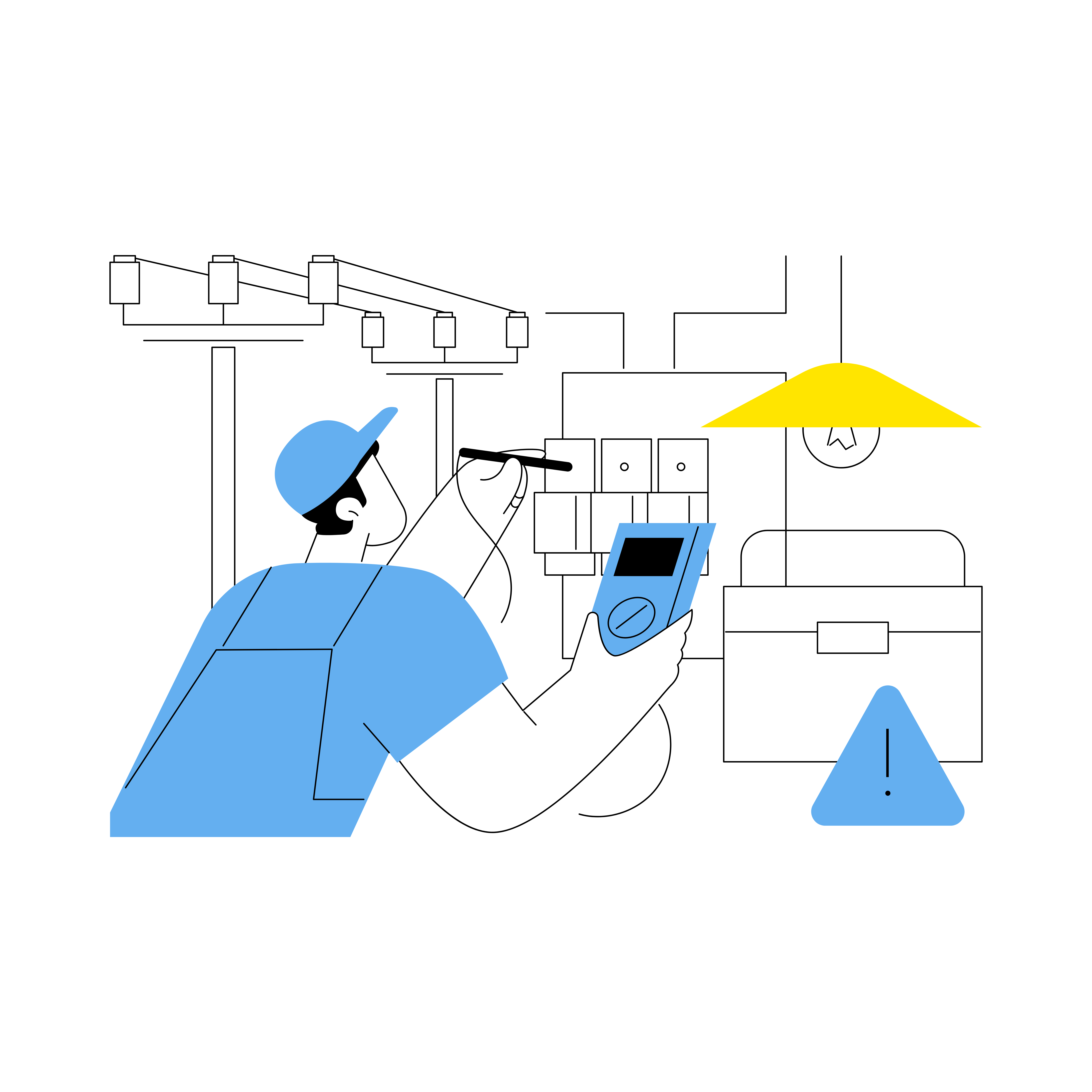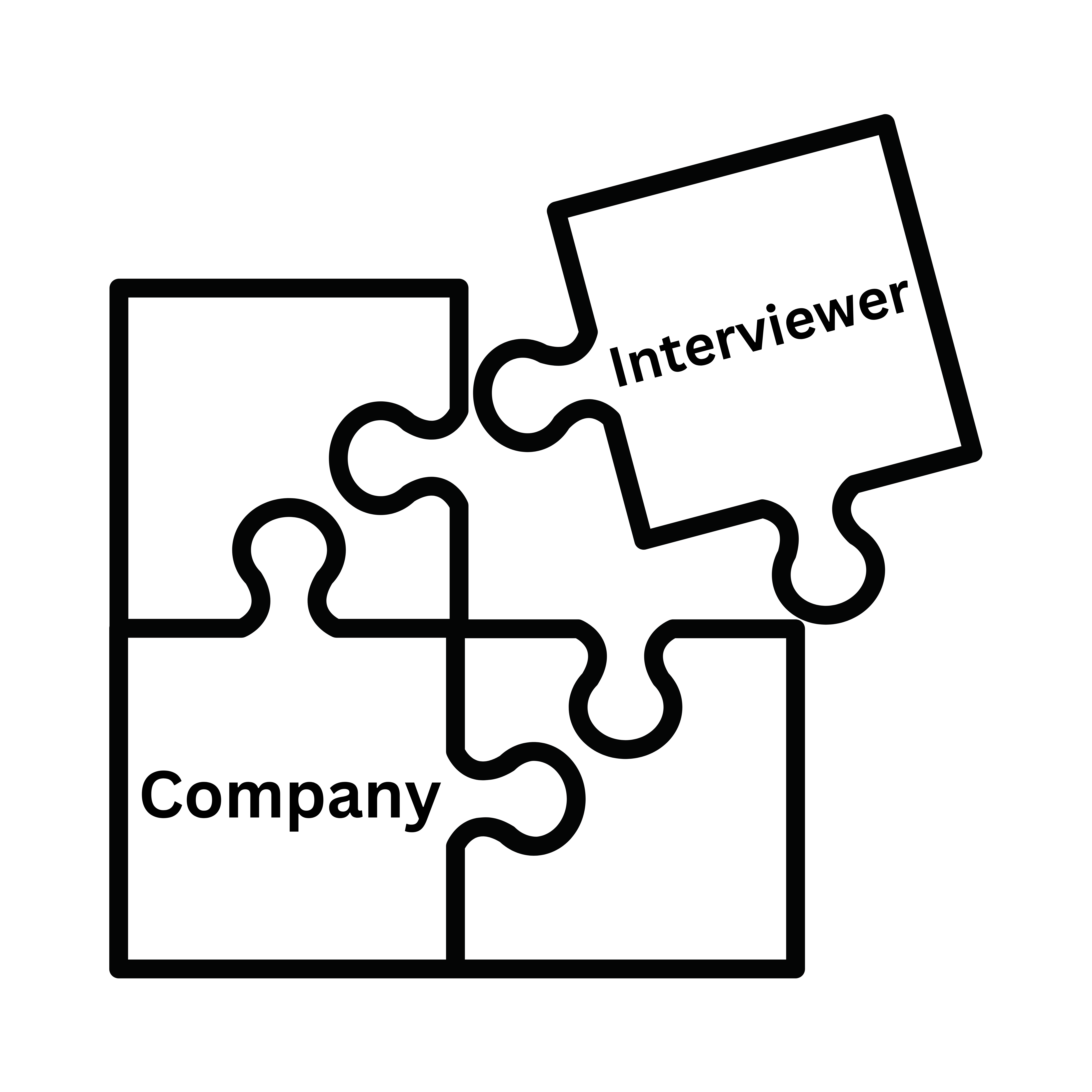Join me...
Acing your Compelling Cover Letter
Hi,
I’m Alix and it’s my mission to help as many of the next generation as possible work in jobs that meet their passion and purpose, making them happy and fulfilled adults. Join me in making sure you’re one of them…
Today, we’re going to be looking at hints and tips when writing a compelling cover letter, however, before diving in, it's crucial for you to understand its purpose.
While your CV provides a detailed summary of your qualifications and experiences, it’s very factual, the cover letter, though, allows you to show your personality, enthusiasm, and fit for the specific role and company you're applying to.
So, grab a drink and biscuits (or cake!) and let’s start.

Your cover letter is your first ‘conversation’ with a recruiter and your chance to make a powerful impression when applying for a job.
It needs to:

capture their attention;

make you stand out from the competition;

encourage them to review your CV in detail; and

lead to the interview stage.
A well-written cover letter should complement your CV, but not duplicate it.
Take your time to make sure it’s as good as it can be, it’ll be worth it.

So, to begin, I suggest working your way through the below hints and tips, put everything in, write whatever comes to mind, then we’ll refine it, making it as perfect as we can.
Address the recipient…
To write a compelling cover letter, you need to know who you're writing to.
Whenever possible, address your cover letter to a specific person, such as the hiring manager or Human Resources manager, rather than using a generic salutation like "To Whom It May Concern" or ‘Dear Sirs’.
Personalising your greeting shows that you've made the effort to find out who’s responsible for hiring and that you’re genuinely interested in the position.

Research the company and job…
Research the company thoroughly to understand its values, mission, culture, and the specific requirements of the job you're applying for. This will only make sure the company’s right for you, but also help you tailor your letter to the company's needs and show that you've done your homework.

Craft a strong opening…
The first paragraph of your cover letter should grab the reader's attention immediately.
Think about what you’re bringing to the job, what is your most relevant experience? Can you turn it into a compelling anecdote (story), a noteworthy achievement, or a strong statement of your passion for the role.

Be concise and to the point, ie don’t waffle. thereby setting the tone for the rest of the letter.
Showcase your relevant skills and experience…
In the body of your cover letter, elaborate (expand) on qualifications and experiences that make you a strong candidate for the job.
Think over what you’ve learnt – any work placements that relate to the job – perhaps you did work experience with an electrician and want to go into that line of work, work onsite, and study for qualifications around it?

Use examples from your past work or academic experiences to demonstrate your capabilities.
Be specific about how your skills align (fit) with the job requirements.
Highlight your achievements and contributions, focusing on results and impacts. What have you learnt that has encouraged you to apply for this particular role?
If it’s for your first ever job and you’re low on work experience, were you selected for a team to represent your school in a competition with other schools? This demonstrates teamwork and most companies want team players, so you’ll fit in with their current employees with no red flags. Examples showing that you can work with others is a plus.

Perhaps you were a member of a debating team? Shows your ability to analyse, discuss, and contribute to issues.
Demonstrate cultural fit…
Companies often seek candidates who not only have the right skills but also fit well with their culture and values.
Use your cover letter to showcase how you can contribute to it.
You’ll have studied the company to see what type it is, big or small. This will give you clues as to the likely progress you can make with them. Why does the company interest you? Has it had recent good press releases that pulled at you?

All these factors can be mentioned to show your keenness to work for them.
Express enthusiasm…
Use your cover letter to convey your excitement about the opportunity and explain why you’re passionate about the role itself.
Recruiters appreciate candidates who show genuine enthusiasm.
Make it personal by avoiding generic (general or common) statements and demonstrate your specific interest in the company's products, or services.
Address potential concerns…
If you have any gaps in your CV or aspects of your background that could raise questions, such as changing careers often or employment gaps, briefly address them in your cover letter.

Be honest and positive in your explanation, focusing on how these different experiences have prepared you for the role. Perhaps you took time out to study for exams or taking up a new skill that will be particularly relevant for the job?
Maybe you were uncertain about what career path you wanted to follow but now know, pinned it down?
Mention how you’re interested in discussing their promotion routes. This’ll demonstrate your intention of staying, making you worth the training they’ll invest in you.
Mention referrals…
If you were referred to the job by a current employee or a professional contact, mention it.
Referrals can carry significant weight and demonstrate that you have connections within the industry or company already.

Close with confidence…
In your closing paragraph, reiterate your enthusiasm for the position and express your desire for an interview.
Be proactive and mention your availability for a conversation or an in-person meeting.
End your cover letter with a polite and professional closing, using "Yours sincerely" followed by your name and don’t forget to sign it.
And now let’s format it.
Formatting and length…
Keep your cover letter concise and focused, aiming for a length of no more than one page, with clear and organised paragraphs. Use one of the following fonts, size 12, and plain black type:
|
Arial |
Times New Roman |
Maintain consistent margins and spacing throughout the document to make it easier to read.
Making it easy to read and pleasing to the eye avoids the risk of the interviewer discarding it before they read it and see how great you’d be for the job.
Proofread and edit…
Before sending your cover letter, thoroughly proofread it for any grammatical, spelling errors or repetition. If you’ve typed it on word, look out for anything pointed out, ie underlined in red where you’re being asked to check the word out, or blue, suggesting a grammatical change is needed. It’s a useful addition to ‘listen’ to!
Check for clarity and coherence in your writing. Read it out to spot any unnecessary jarring and, if possible, change it.

Keep an eye out for any overuse of the word ‘I’. Although the cover letter is to introduce you, you can word things differently to say the same thing but avoid the word:
For instance:
‘I went to A N Other school and I studied for GCSEs, with my results pending. I expect to get my predicted grades and I want to work for you because I studied the right courses and I want to progress in your company.’
Can be written as:
‘Attending A N Other school, I studied for GCSEs and expect to achieve the predicted grades. The subjects have prepared me for the advertised position and will solidify that learning, assisting in my chosen career path with your company.’

Ask a friend or family member to review it as well. Sometimes we read what we want to, rather than what we’ve actually written!
A well-edited and error-free cover letter reflects your attention to detail and professionalism.
One last point, when finalising to send, where you’re responding to any kind of advertised position, make sure you include the job title in your letter and CV. If the company is large, it may use software to weed out applicants and mentioning the specific job title could ensure the employer reads your masterpieces. I go further into this in my article ‘Tailoring your CV and cover letter to a particular job’ (catchy title huh?).
And that’s it.
Follow the above guides and let the letter settle, then re-read it one last time before printing and sending it off with your CV.
Let me know how you get on, I’d love to hear from you and good luck!
